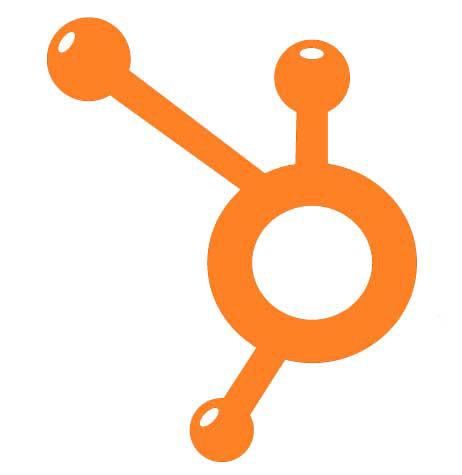We are certain that we’ve never heard anyone utter the phrase,
“You know I really enjoy seeing that little hour-glass when I browse the Internet.”
Users frequently visit multiple pages simultaneously spread across numerous windows or tabs to satisfy their fleeting web attention spans. Everyone has personal preferences for their browsing experience, but the desire to see more content more quickly seems almost universal. There are lots of reasons users could experience slow downs while browsing the web
- Poorly designed sites
- Limited bandwidth internet connections
- Computer memory or performance constraints
- Older browsers
With all of these possibilities, is there really anything the average user can do to improve the speed at which they experience the web? You can bet your bandwidth there are options. Read our tips below if you want to enjoy epically fast web browsing.
 Use tabs instead of windows, but don’t get crazy. Almost all major browser versions support tabs. Using tabs provides a quicker web experience than pages because tabs allow users to locate and switch between content easily, while windows can become hidden or obstructed. Multiple tabs in one window is just easier. In addition, tabs in most browsers use fewer computing resources than opening a completely new browser window.
Use tabs instead of windows, but don’t get crazy. Almost all major browser versions support tabs. Using tabs provides a quicker web experience than pages because tabs allow users to locate and switch between content easily, while windows can become hidden or obstructed. Multiple tabs in one window is just easier. In addition, tabs in most browsers use fewer computing resources than opening a completely new browser window.
Tabs are a good thing, but, too much of a good thing can cause problems too. Opening too many tabs at once will slow down the browser. Excessive numbers of open tabs also adds clutter that can make it difficult to locate content.
Only install and activate a reasonable number of extensions. Browser extensions can provide valuable functionality that is not available out of the box in a browser. Helpful tools to support activities like blogging or looking up references. However, like with tabs, if browser extensions are not used in moderation, they can affect browser stability and performance.
Users should pick a few extensions that improve productivity most or that they use frequently, and remove all others to truly optimize the speed of web browsing.

Quit downloading toolbars. The number of toolbars available for browsers has been growing like water logged Gremlins after midnight. Like excessive use of tabs and plug-ins, too many toolbars slow down browser performance and consume screen real estate. Toolbars can also make browsing slower by constantly sending and receiving data, reducing the amount of bandwidth available for legitimate uses. If users don’t absolutely require a toolbar, it should be removed immediately.
Learn keyboard shortcuts. This recommendation may not seem straight forward, but learning keyboard shortcuts can make it much faster to execute common actions like opening windows or switching between pages can go much faster when using a key stroke or two. Every browser has different shortcuts, but they are are easy to learn and make web browsing peppy.
Many other performance improvements and specialized tools could increase the speed of your browsing experience. However, these five quick and low-cost techniques are accessible by even the most non-technical user and provide an immediate impact. Try them out before purchasing the latest offering to “Speed Up Your Computer!” being advertised on that late night infomercial and let us know what you think.
Related posts: The Silver Bullet for Computer Speed, Battle of the Browsers
